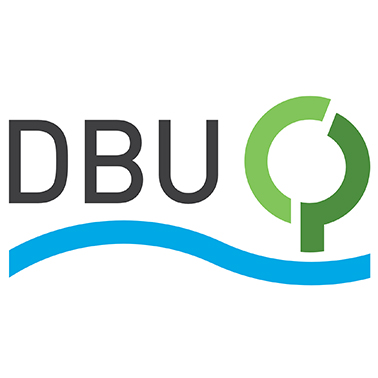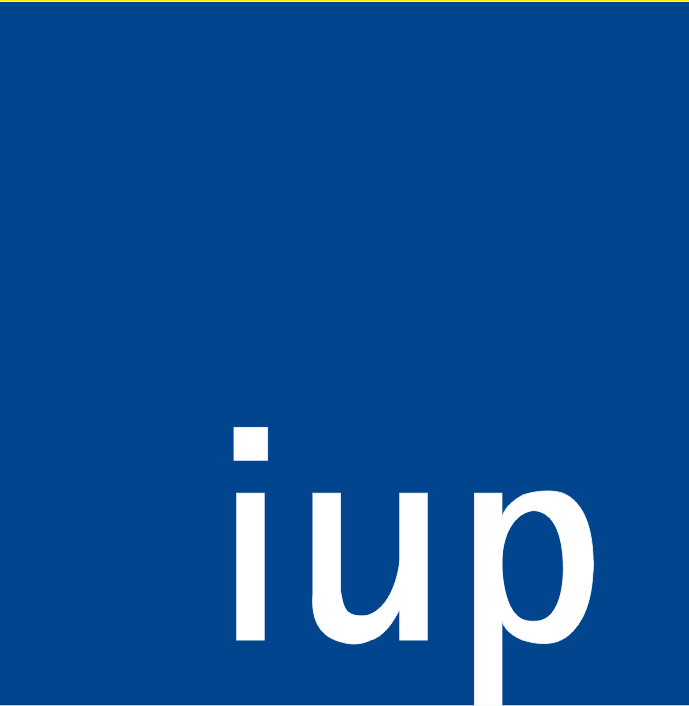Companies Promote Diversity

| Led by: | Prof. Dr. Christina von Haaren, Prof. Dr. Michael Reich |
| Team: | Dipl.-Ing. Sarah Matthies, Dipl.-Ing. Janine Sybertz |
| Year: | 2016 |
| Funding: | Deutsche Bundesstiftung Umwelt (DBU) |
| Duration: | October 2013 - December 2016 |
| Is Finished: | yes |
The aim of the research project "Companies Promote Diversity" was to develop easily measurable indicators for assessing biodiversity on supplier farms of food-producing companies and to determine their informative value by means of an on-site survey. By balancing the biodiversity services provided, a basis is to be created for sustainably maintaining or improving biodiversity on the farms. Downloads:
- Project flyer
- Summary report of results (german, english)
The complete results report on the research project can be found here: https://www.dbu.de/projekt_31112/01_db_2409.html
Summary
As part of the "Companies Promote Diversity" project, simple indicators for measuring biodiversity and for differentiated biotope assessment on agricultural land were developed in cooperation with organic food producers, agricultural producers as well as agricultural consultants. The focus was on the differentiated assessment of fields and hedgerows for plants and birds as well as of margins for plants and butterflies. For this purpose, extensive literature studies were carried out and models for the nature conservation assessment of fields, hedges and margins were developed on the basis of the results obtained. The relevant indicators describe e.g. the history of a landscape element, its structure, environmental conditions, management and maintenance, habitats adjacent to the element as well as landscape parameters in the vicinity of the landscape element. These models were investigated in extensive fieldwork on a total of seven farms (5 organic, 2 conventional) distributed across Germany with respect to their model performance. For this purpose, the data collected during the field work on species diversity on the studied areas were compared with the results of the models. In addition, the indicators used in the models were checked with regard to their significance by means of linear regression analyses in order to simplify the models and to improve the model quality. Practical tests with farmers and agricultural advisors as well as discussions with food companies and agricultural stakeholders were used to test the practicability and user-friendliness of the developed models.
In total, six initially literature-based models were developed in this way, which were validated and simplified based on the field data. Using linear regression analyses, the explained variance was significantly improved to 85% for plants and 66% for birds for the field models, 69% for plants and 63% for butterflies for the rain models, and 57% for plants and 71% for birds for the hedgerows. At the same time, the number of model parameters was significantly reduced, requiring six indicators for plants and six indicators for butterflies for the rain model, and four indicators for plants and five indicators for birds for the hedgerow model. The field model requires six indicators for the birds; the data requirements for modeling plants on fields are the highest with 13 indicators. However, these are also relatively easy to generate on the farm.
In practical tests with the models using the nature conservation farm management software MANUELA, farmers showed great interest in visualizing their farm, assessing biodiversity, and identifying specific measures to improve it. Although farmers were basically able to provide data needed for the models themselves, for the initial setup of a farm in MANUELA, we believe that support from an agricultural advisor is needed.
The research project benefited greatly from its transdisciplinarity, so that in addition to the scientifically valid design of the models, the perspectives of farmers, agricultural advisors and food companies on the concrete application of the models could also be taken into account.
Cooperation partners
The project was carried out by the Institute for Environmental Planning (IUP) of the Leibniz University Hannover, in cooperation with the “Assoziation ökologischer Lebensmittelhersteller e.V.” (Association of organic food producers), the “Arbeitsgemeinschaft Ökologischer Landbau” (AöL, Working group organic farming) and the “Landwirtschaftskammer Niedersachsen” (Chamber of Agriculture of Lower Saxony). The project was supported by the companies Bionade, Hipp, Märkisches Landbrot and Neumarkter Lammsbräu, which are organized in the AöL.
A project of the action platform of Unternehmen Biologische Vielfalt 2020
Terms of use for the UBi 2020 logo
Publications
Sybertz, Janine; Matthies, Sarah; Schaarschmidt, Frank; Reich, Michael & Haaren, Christina v. (2017): Assessing the value of field margins for butterflies and plants: how to document and enhance biodiversity at the farm scale.
In: Agriculture, Ecosystems & Environment 249: 165-176.





